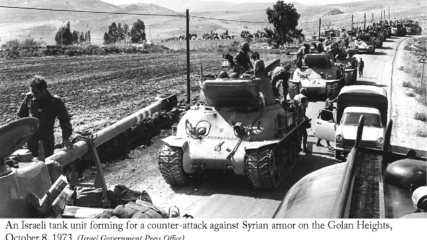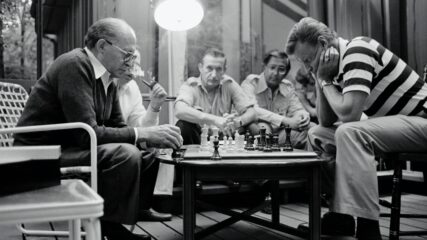Transcripts from conferences exploring key events in history

Proceedings of a conference concluded that while pre-war intelligence was plentiful and accurate, there was a massive U.S. intelligence failure. Misinterpretation layered on top of preconceived notions of Arab military ineptitude and faith in diplomacy formed the core of the failures.

Recounting events at the Egyptian-Israeli-American negotiations, a dozen American, Israeli and Egyptian participants discuss those 13 days of negotiations. Negotiators agreed that they pursued success through “constructive ambiguity,” some at high levels, so the respective sides could agree, for example, on using the term “modalities” to describe a future element that could not be defined in a more tangible way. President Carter and Israel’s attorney general at the time of Camp David disagreed at the conference about what Prime Minister Begin promised on the duration of a settlement moratorium. William Quandt, an NSC official, acknowledged that there was no written record of a Begin promise for three months. Carter claimed the promise was in his diary notes, but others who saw Carter’s diary said no such promise was made or was in Carter’s notes.

To commemorate the 20th anniversary of the 1991 Madrid Middle East Peace Conference, the U.S. Institute of Peace and the James A. Baker III Institute for Public Policy convened Arab, Israeli, American and European diplomats, policymakers, businesspeople, academics and activists in Washington on November 2, 2011, to discuss the achievements and lessons of the peace conference.

In writing history, documents and primary texts are reliably accurate. Veracity can emerge by crosschecking sources. However, if all we have is one shard of pottery from the second temple period, we must settle for it in isolation as evidence of how the pottery was constructed, its composition, use, etc. Unless of course, we are fortunate enough to have a text that describes the pottery piece, and we have the piece of pottery as evidence. When oral recollections are used to bolster the written text, subtle shades and emphatic dimensions provide colorful detail to historical writing. Unlike written records, oral evidence provides vignettes, opinions, hues, suppositions, and sentiments almost always absent in a document.



